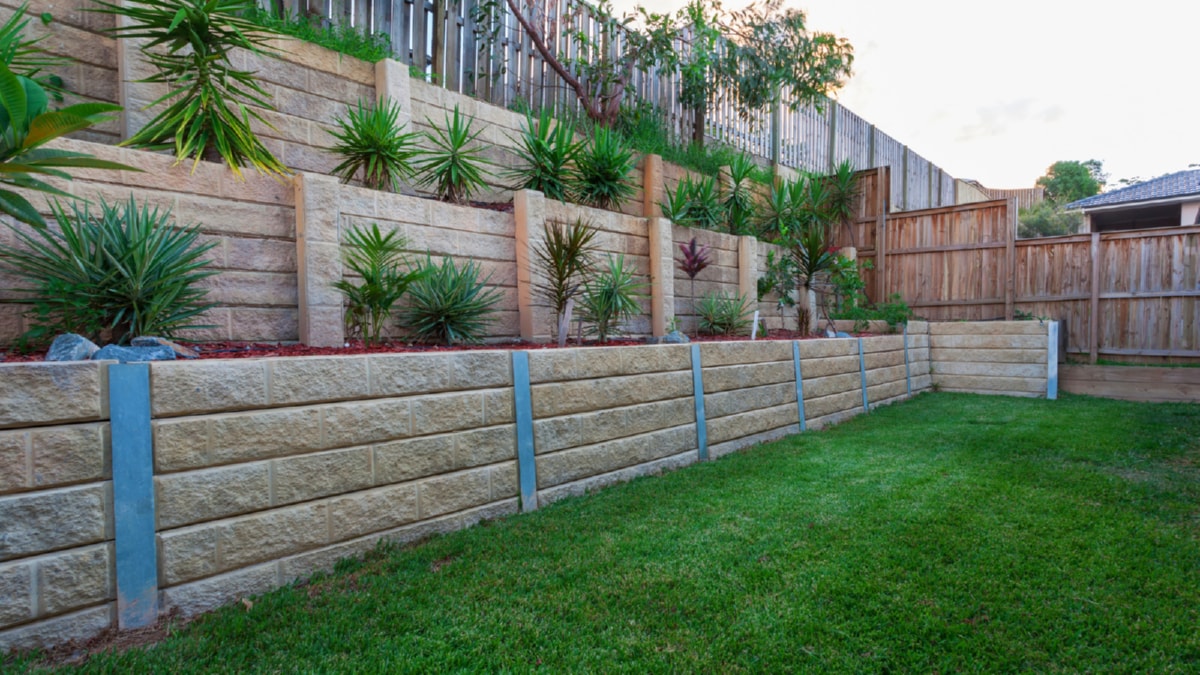Understanding the fundamentals of building construction is crucial for any aspiring professional or novice DIY enthusiast. It is an industry that is both dynamic and complex, with a wealth of knowledge and skills required to successfully navigate through its many facets. This guide will provide an overview of some of the key aspects involved in building construction, from the initial planning stages to the final finishing touches.
To start with, one of the most important aspects of construction is the planning and design phase. This is where the initial idea for the building is developed and fleshed out into a detailed plan. This involves determining the size and layout of the building, as well as the materials that will be used in its construction. This stage often involves architects, engineers, and other professionals who have expertise in designing and planning buildings.
Next, the laying of the foundation and preparation of the site is a critical stage in the construction process. This involves preparing the ground where the building will be constructed, which can involve excavating the site, removing any unwanted materials, and ensuring that the ground is level and stable. The foundation is then laid, which provides the support for the rest of the building. The type of foundation used will depend on the type of building being constructed and the conditions of the site.
Following this, the structural framework is constructed. This involves constructing the skeleton of the building, which provides the basic shape and structure. This often involves the use of steel or wood beams and columns, which are assembled to form the walls, floors, and roof of the building. This stage of the construction process requires a high level of precision and skill, as any mistakes can have serious implications for the stability and safety of the building.
After the structure is in place, the exterior envelope of the building is constructed. This involves installing the exterior walls, roof, and windows of the building. The purpose of the building envelope is to protect the interior of the building from the elements, while also providing a comfortable and energy-efficient environment for the occupants. This stage of construction often involves a variety of materials and techniques, depending on the design and specifications of the building.
Finally, the finishes of the interior are installed. This includes the installation of walls, floors, and ceilings, as well as the installation of fixtures and fittings such as doors, windows, and cabinetry. This stage of construction is often the most visible and can have a significant impact on the look and feel of the building.
In conclusion, building budget-friendly construction is a complex process that involves a range of skills and knowledge. From the initial planning and design stages, through to the construction of the structure and the installation of the finishes, each stage requires careful planning and execution. By understanding these basics, you will be well on your way to mastering the art of construction.
.
For more details, check best chimney restoration and rebuild services or visit their business listing here.



